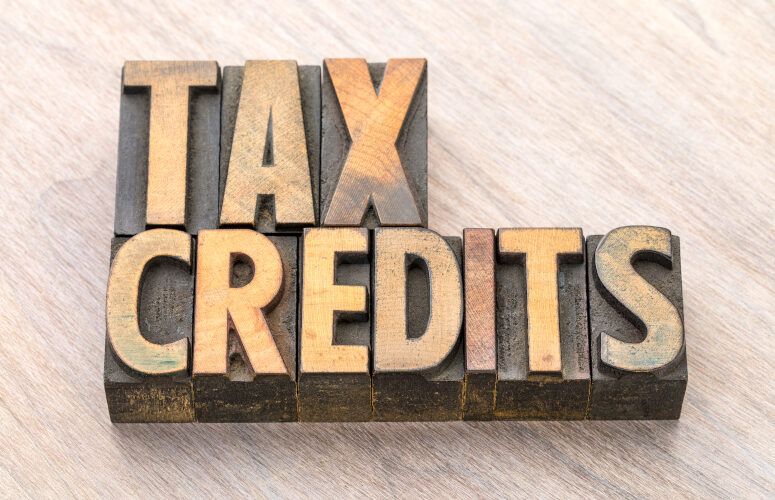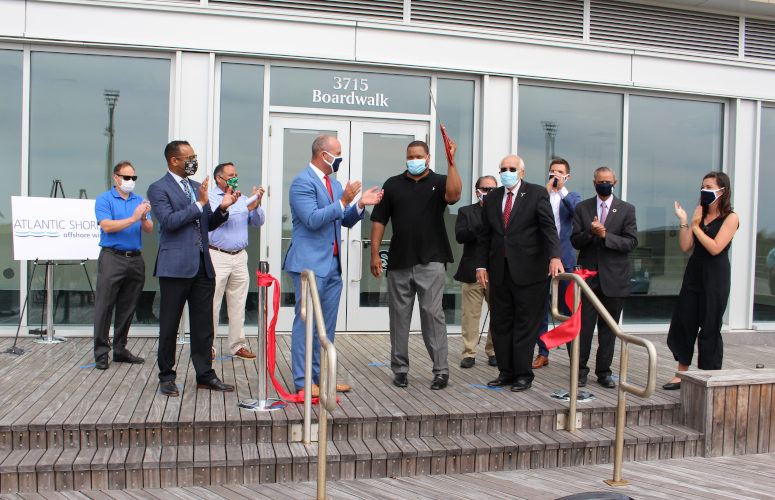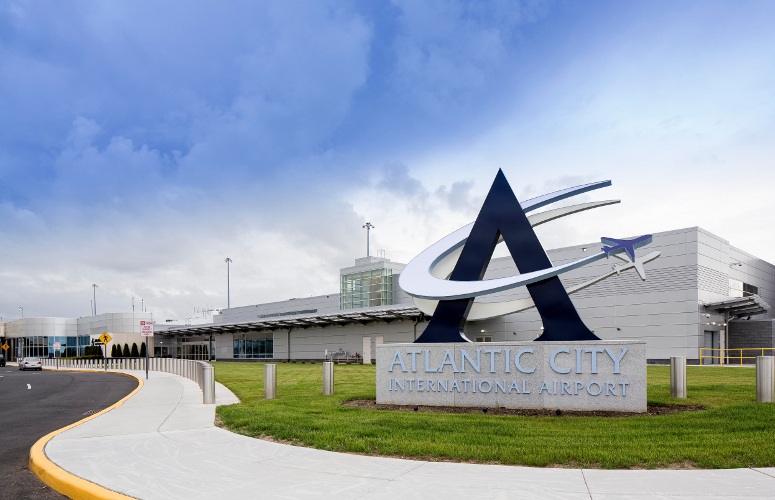
Rules for the New Historic Property Reinvestment Program Approved
Program is Designed to Work in Conjunction with the Federal Historic Tax Credit Program
On Feb 10, 2022The New Jersey Economic Development Authority (NJEDA) board yesterday approved proposed rules for the Historic Property Reinvestment Program (HPRP), a new tax credit program to incentivize rehabilitation of designated historic structures, or structures in designated historic districts, throughout New Jersey. Created under the New Jersey Economic Recovery Act of 2020 (ERA), the HPRP is designed to work in conjunction with the Federal Historic Tax Credit Program.
As authorized by the ERA, the board approved proposed rules that will be published for public comments, enabling the NJEDA to launch the program this year. The board will consider final adoption of the rules after completion of the public comment period. The HPRP is part of the suite of programs created under the ERA to address the ongoing economic impacts of the COVID-19 pandemic and build a stronger, fairer New Jersey economy.
The HPRP’s main focus is historic preservation as a component of community development, aiming to attract long-term private investment into New Jersey while preserving properties throughout the state that have historic value. The program encourages smart, targeted investments in communities in the form of durable and sustainable investment in the state’s economic infrastructure. The revitalization of these historic structures will help to bring these often-underutilized properties back to productive use, thereby reducing the need for new development at these locations.
According to NJEDA Chief Executive Officer Tim Sullivan, “The rehabilitation of dormant historic properties in cities like Paterson, Trenton, Camden, Newark and Jersey City into new housing and innovation spaces will translate into long-term economic benefits and improved quality-of-life for these communities and their residents.”
“This exciting new program will serve as an important component in the revitalization of entire communities and will have a significant impact on the historic fabric of New Jersey,” said NJEDA Director of Historic Preservation Aidita Milsted. “Investing in and revitalizing these historic properties will have a long-term positive impact on neighborhoods and communities across the state.”
“The Historic Property Reinvestment Program will be pivotal in the state’s efforts to restore and preserve New Jersey’s history,” said DEP’s Historic Preservation Office Administrator and Deputy Historic Preservation Officer Katherine Marcopul. “The revitalization of these iconic properties will further help us to spotlight the historic value they have for the state and the communities they serve far into the future.”
Eligible projects must include rehabilitation of a previously identified historic structure that is listed in, or a structure that is in a district designated by, the National or New Jersey Register of Historic Places, designated as historic by the Pinelands Commission, or identified as historic by a municipality in accordance with criteria approved by the Historic Preservation Officer.
The amount of tax credits a project is eligible to receive is a percentage of the project’s eligible costs, subject to a cap that is determined by the project’s location, other financing available, and other aspects of the project. Most eligible projects can receive tax credits worth up to 40 percent of eligible costs, with a maximum of $4 million for eligible properties. Projects located within a qualified incentive tract or in government-restricted municipalities can receive tax credits worth up to 45 percent of eligible project costs, with a maximum of $8 million for qualified properties.
Full details on the program are available here. Applications are currently under development and an announcement about the application period will be forthcoming.
To access more business news, visit NJB News Now.
Related Articles:





